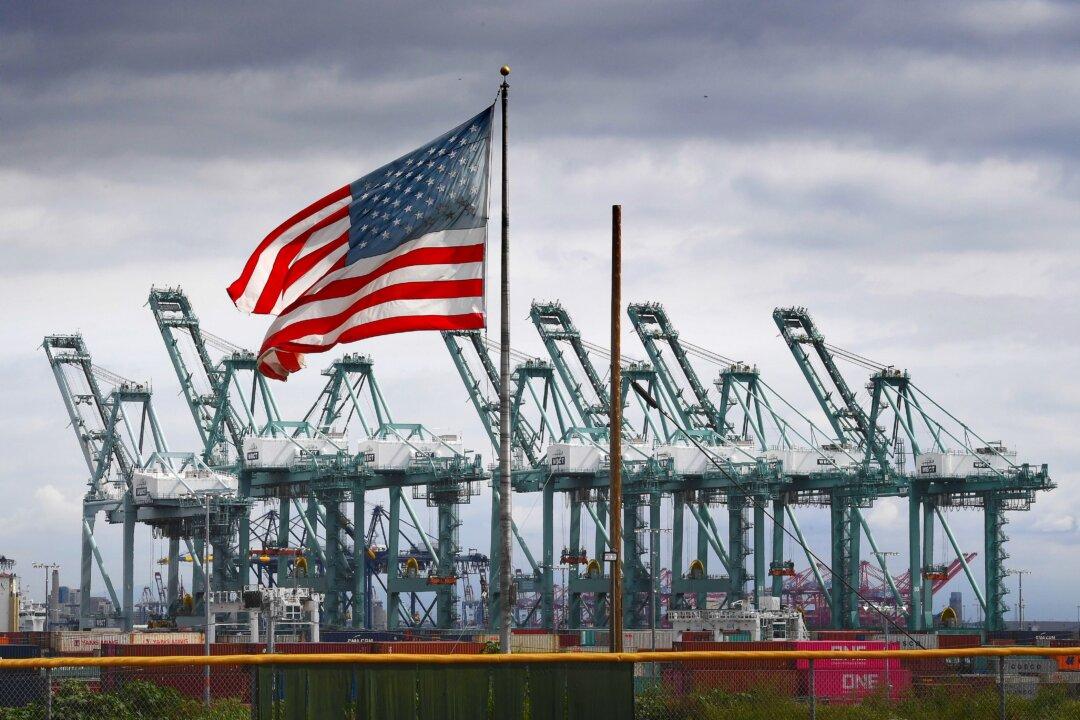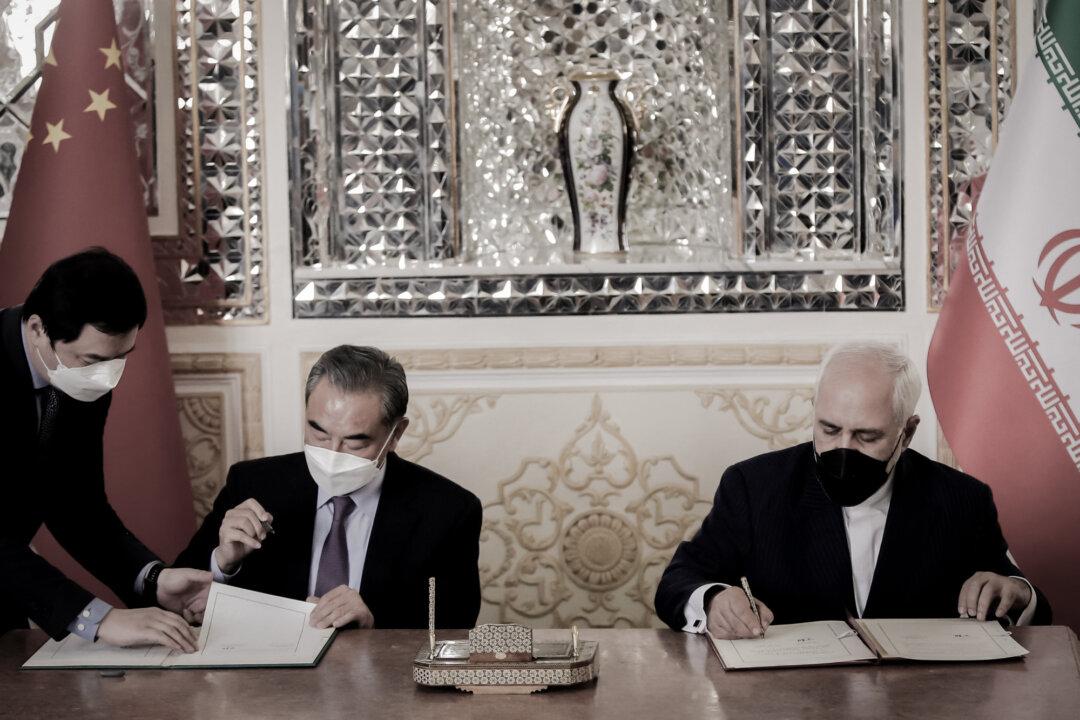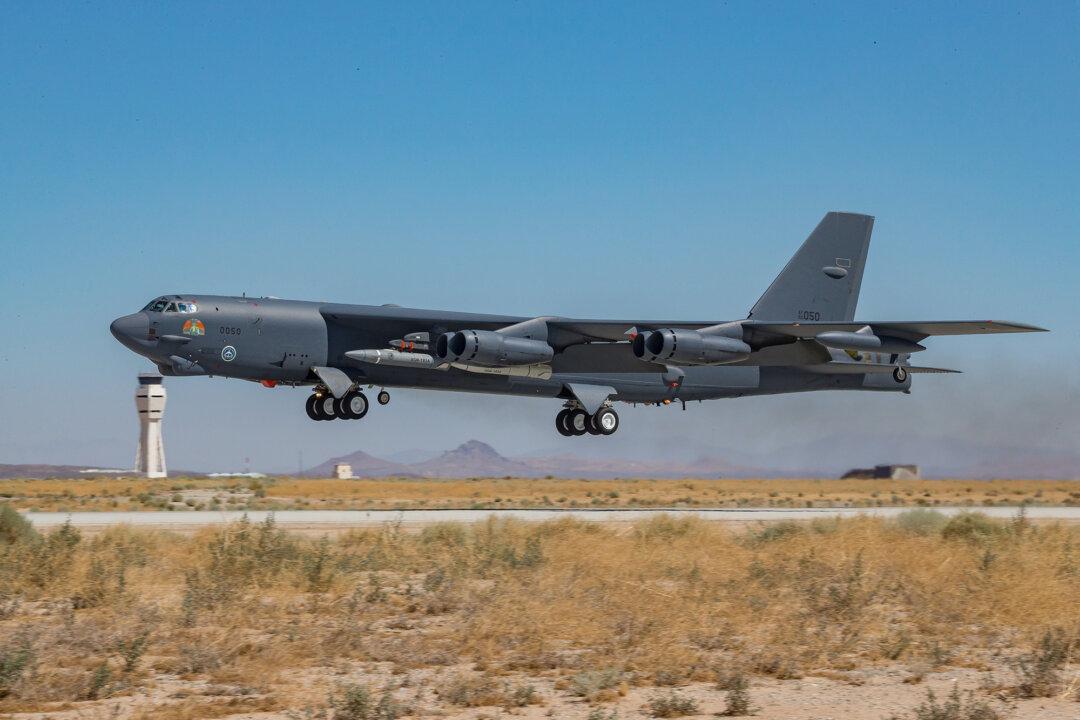Commentary
ZPMC is the largest manufacturer of cranes in the world. Its assembly yard is a vast facility on Changxing Island at the mouth of the Yangtze River in Shanghai. The massive yard has ample layout space to fabricate and assemble the iconic container cranes seen at ports around the world. Typically, the cranes are shipped assembled, and the ZPMC yard has a large wharf to load them onto specially designed, heavy-lift ships and then deliver them all over the world.





